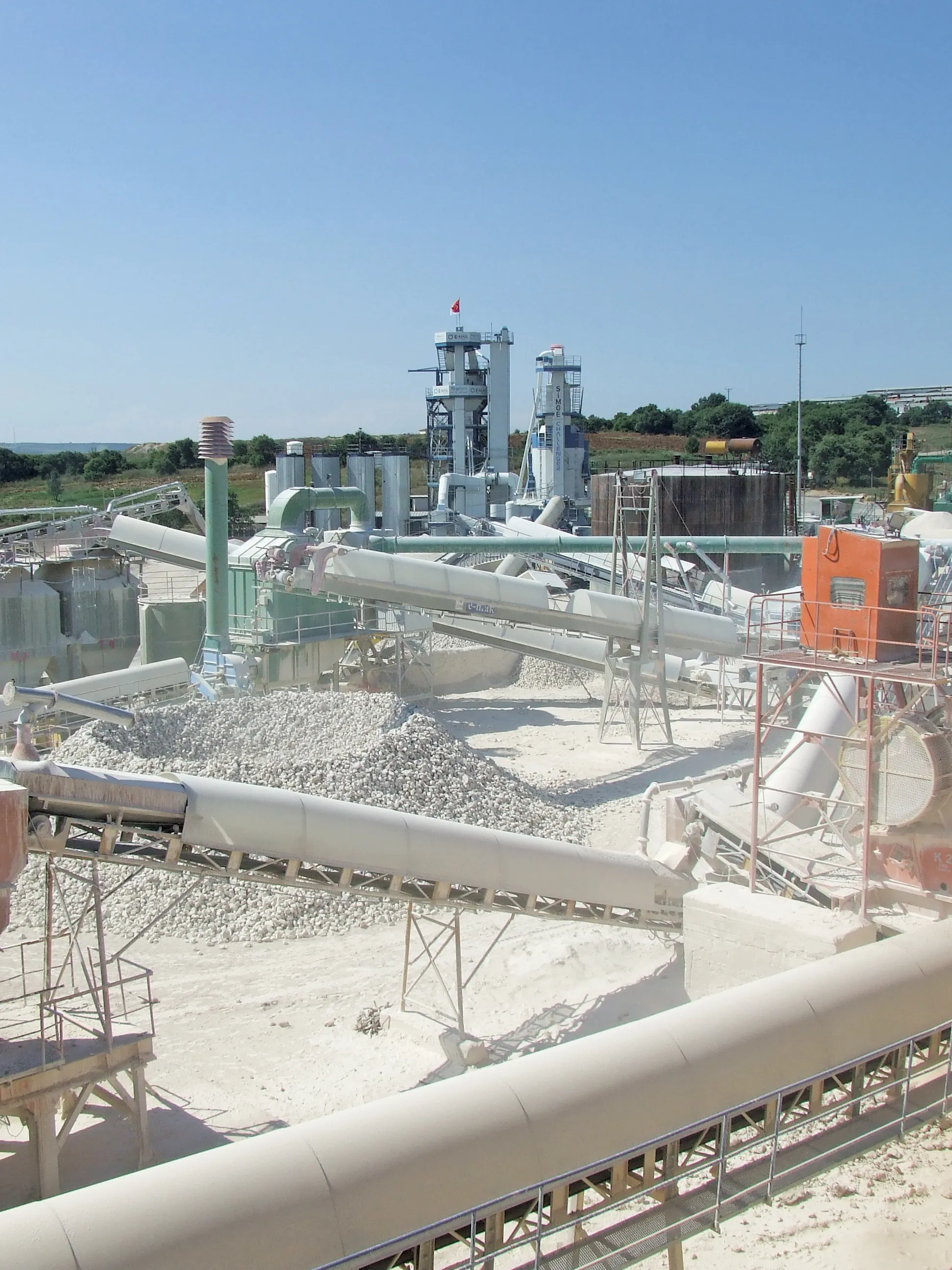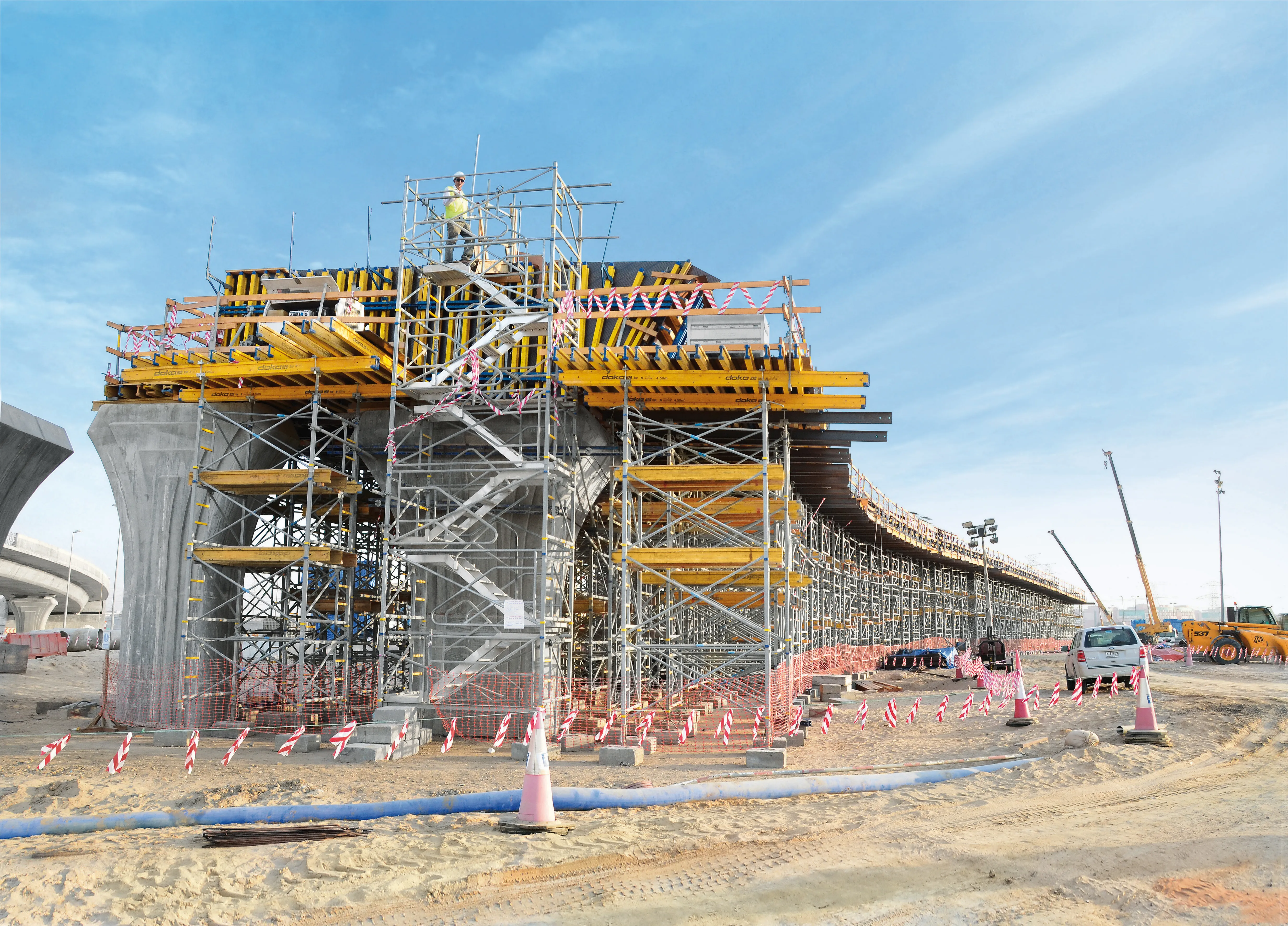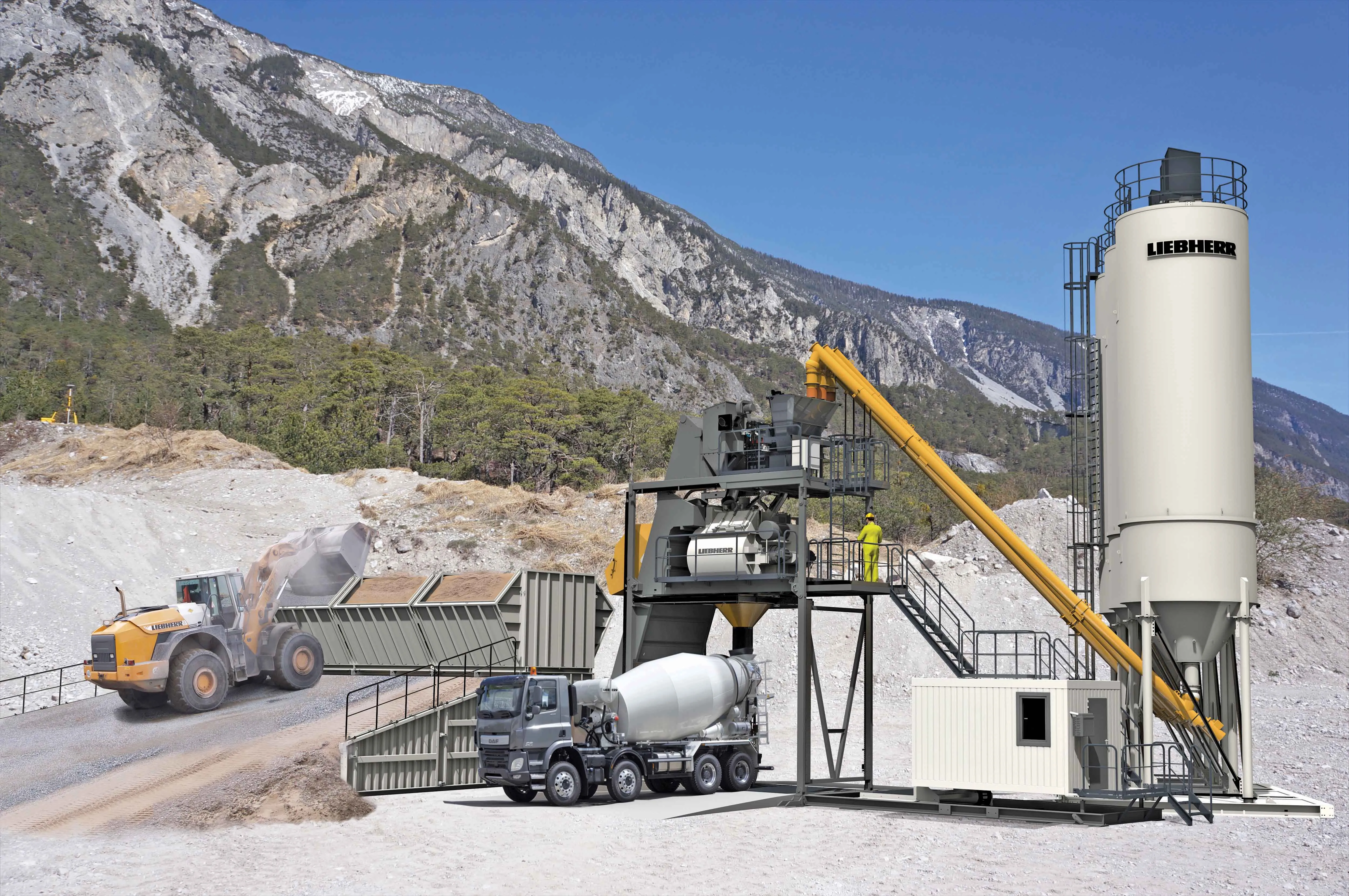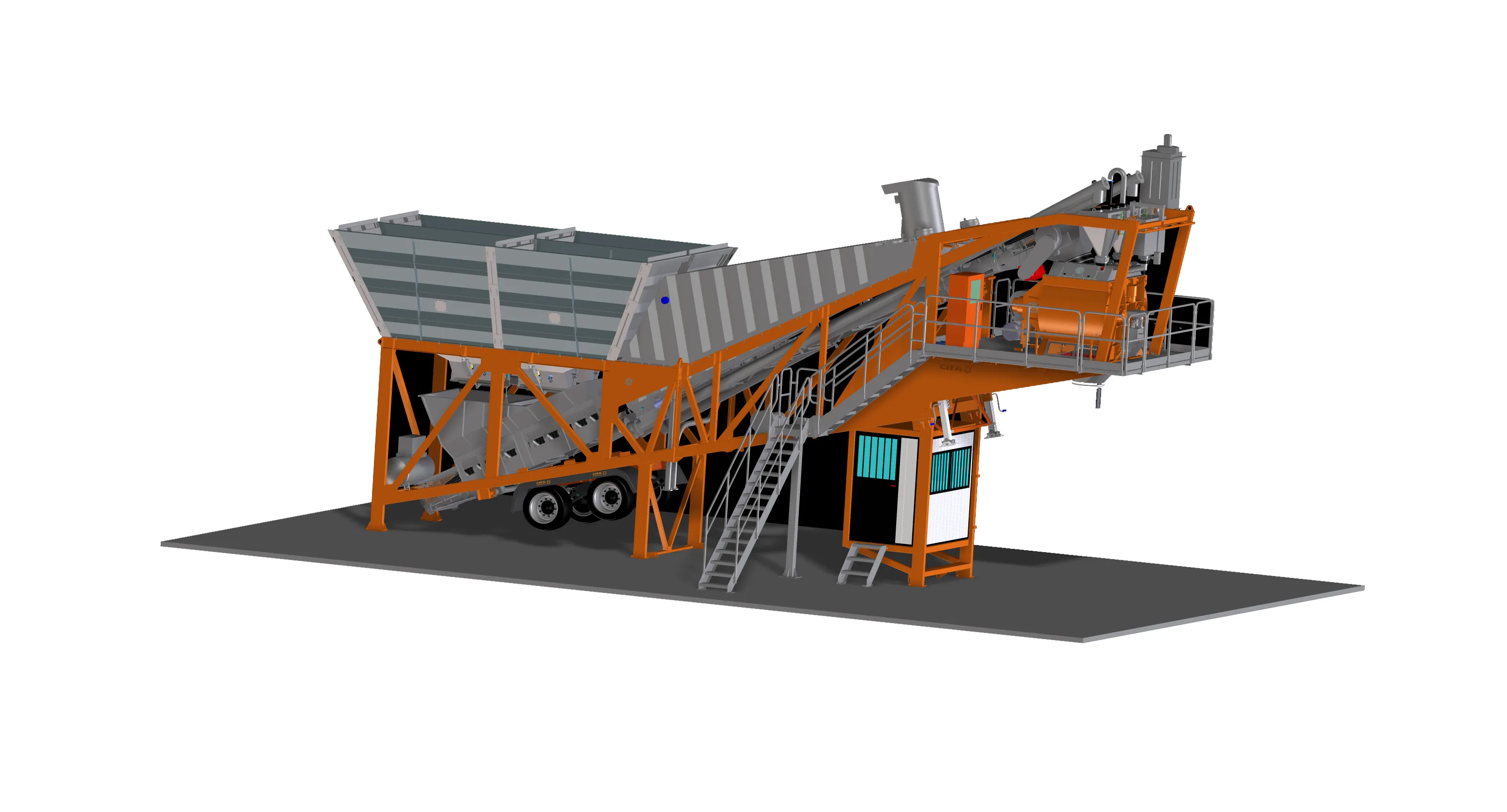The Mose project is a vast intervention plan by Italy’s Ministry of Infrastructure and Transport to protect Venice from flooding. It also has presented Cifa and its partners a big challenge for pumping concrete over a long distance.
The work, being carried out by the Venezia Nuova Consortium, consisting of national and local construction and engineering companies, includes four mobile barriers consisting of 78 gates at the lagoon’s inlets. Most of the time the barriers will be resting on the seabed and not visible.
There will be two rows of mobile barriers at the Lido inlet, then one at the Malamocco inlet and one at the Chioggia.
The Lido inlet measures 800m and is twice the size of the other two. It has two channels with varying depth -- Lido Treporti north and Lido San Nicolò south. The two rows of mobile gates are connected by an artificial island located at the confluence of the two channels.
The Malamocco inlet is 400m wide and has a lock that allows passage of large ships when the barrier is up. The barrier’s technical building, completed, has a large number of photovoltaic roof panels and workers are now finishing the ballasts of gate housing caissons.
This intervention will require the casting of over 22,000m3 of concrete poured over of six months. Zanetti employs an average of 10 operators, four in the tunnel (one at the trailer-mounted pump, and the others along the route), a pump technician for the truck-mounted concrete boom pump K39H, four concrete mixer drivers and a loading shovel driver for aggregates.
The ballasts will rest at the bottom of the Malamocco inlet, at a depth of over 20m but the concrete must travel up 440m to reach this final destination. Federico Zanetti, the company in charge of transporting and placing the concrete, had experience of work, having recently completed the ballasts at San Nicolò inlet. The company has been working with another company, the construction management firm Grandi Lavori Fincosit.
The project was developed with Cifa’s design and technological contribution, supported by S2 Truck Service which is also Cifa’s local Assistance Centre and which took care of the weight-bearing structures.
The “pumping chain” starts with the Cifa K39H Carbotech truck mixer pump -- a maximum output of 160m3/hour, with a maximum vertical casting height of 38.1m and a maximum horizontal distance of 33.8m. The chain continues with a Cifa DNA1.0 helical twin shaft mixer, a Cifa PC797E trailer-mounted pump with an electric motor that pumps the concrete into the distribution piping towards the caissons.
The truck mixer pump is working on a barge anchored near the Malamocco channel and is fed by the truck mixers, which come from the nearby concrete production plant and cover the last stretch on a barge. This is why, in agreement with Zanetti, the Cifa technicians have decided to place a mixer between the machine and the trailer-mounted pump.
The mixer keeps the concrete well-mixed preventing it from hardening and serves as a “lung” -- it has a capacity of one cubic metre -- to prevent dangerous interruptions of casting operations in the event that the truck mixers delay their arrival.
Importantly, the pumping pressure needed to be kept high at around 80bar to ensure flow continuity. Because of this, the Cifa PC797E trailer-mounted pump serves as an additional pumping station.
The pump pushes the concrete from the bottom of the access well along the main pipes (140mm diameter) in the service duct (one of the two parallel ducts that run under the Malamocco channel) to the branches (114mm diameter) that lead to the ballasts.
Insufficient or variable pressure values would have compromised the quality of the concrete or, even worse, they would have made it harden in the pipes, with consequent downtime and additional maintenance and restoration costs.
Another important aspect was that the truck mixer pump works on the surface while the mixer and the trailer-mounted pump are installed, one on top of the other, in a metal beam tower, which reaches 23m below sea level. The company S2 Truck Service created the entire metal structure in its workshop in Villorba. As Cifa’s Assistance Centre for North-Eastern Italy, S2 Truck Service has supported Zanetti during all pumping operations.
Financing for the entire operation was from Zoomlion Capital, a finance company owned by the Chinese group that also owns Cifa.
Cifa equipment is pressed into service for Venice’s Mose project
The Mose project is a vast intervention plan by Italy’s Ministry of Infrastructure and Transport to protect Venice from flooding. It also has presented Cifa and its partners a big challenge for pumping concrete over a long distance. The work, being carried out by the Venezia Nuova Consortium, consisting of national and local construction and engineering companies, includes four mobile barriers consisting of 78 gates at the lagoon’s inlets. Most of the time the barriers will be resting on the seabed and not
November 25, 2015
Read time: 4 mins









